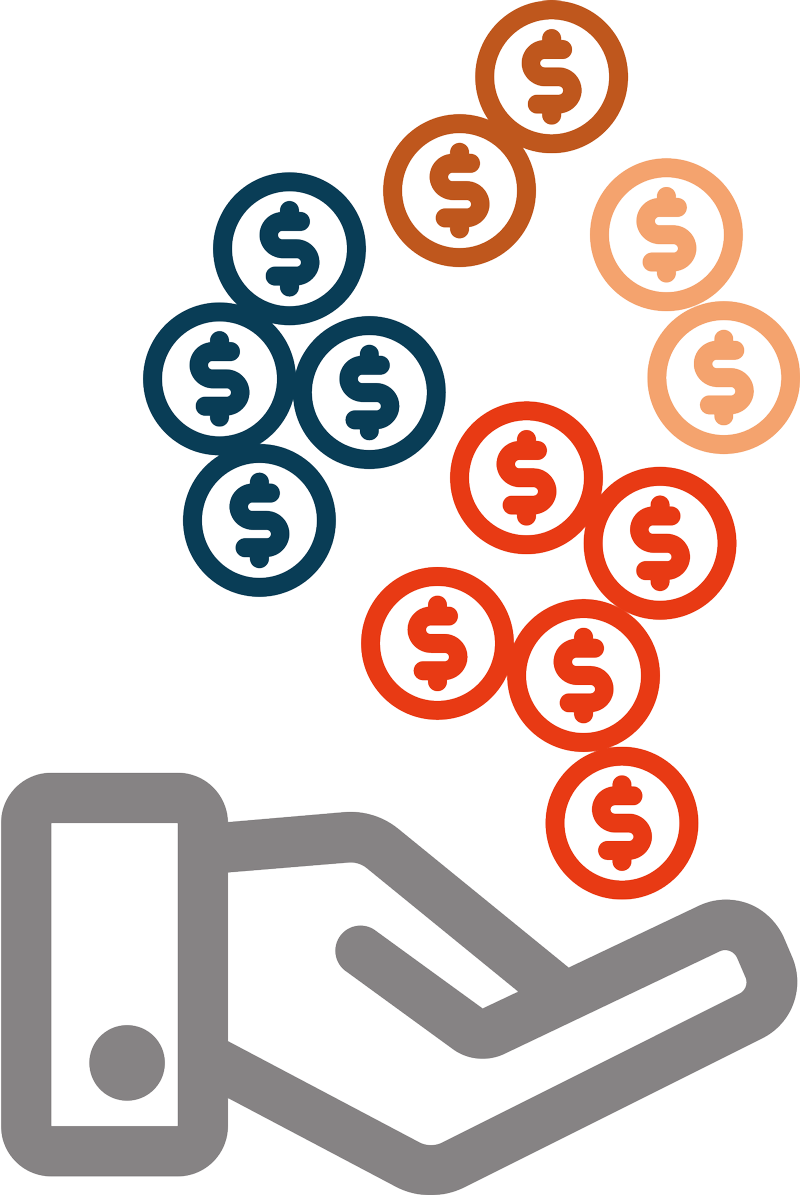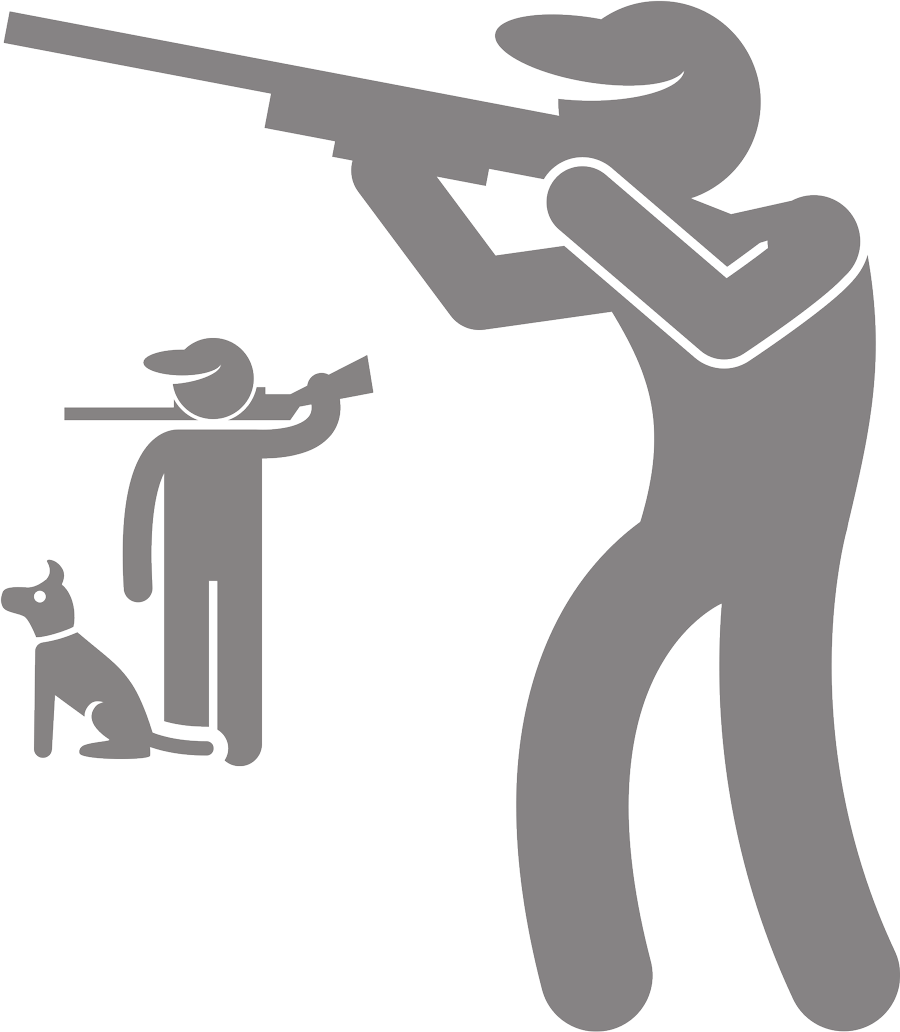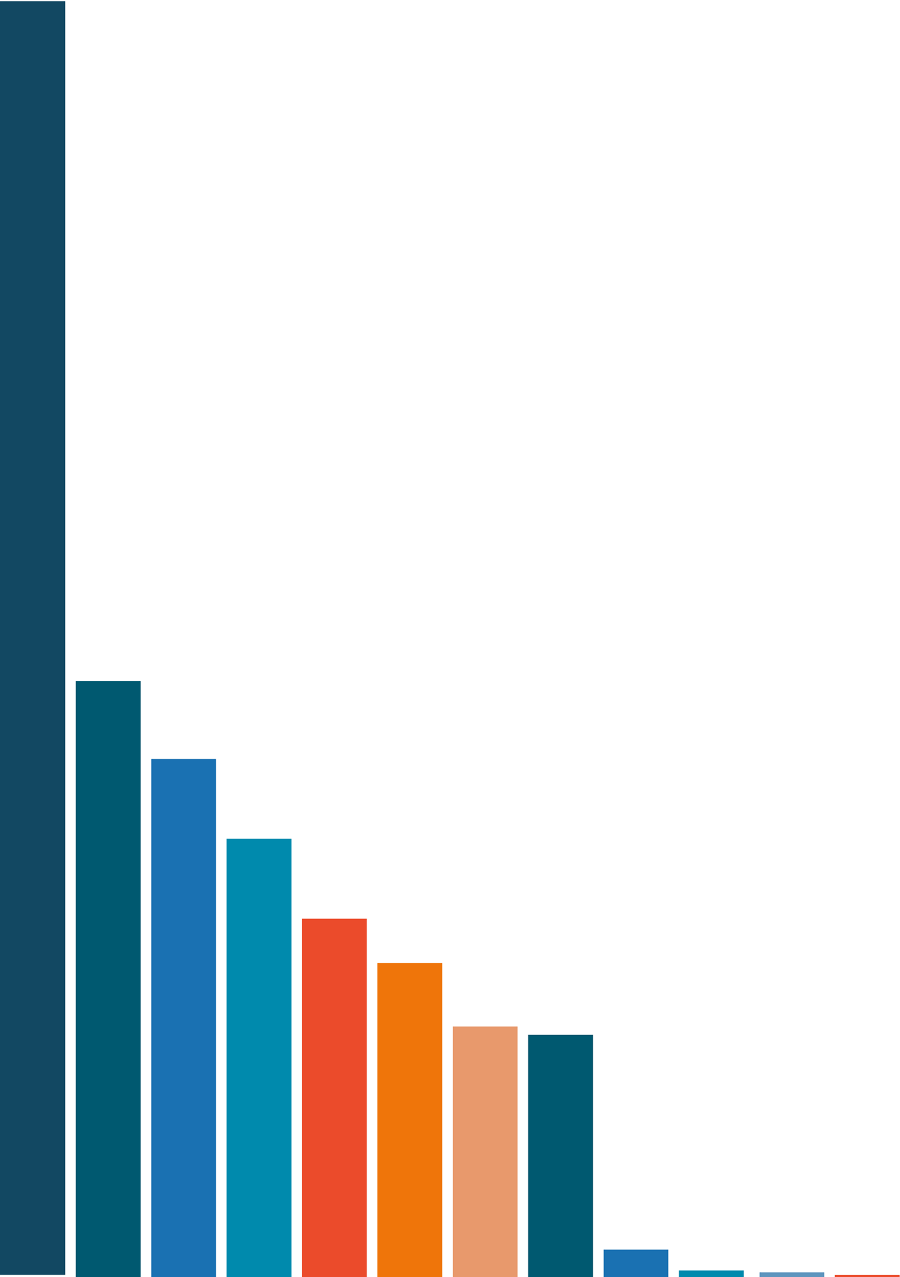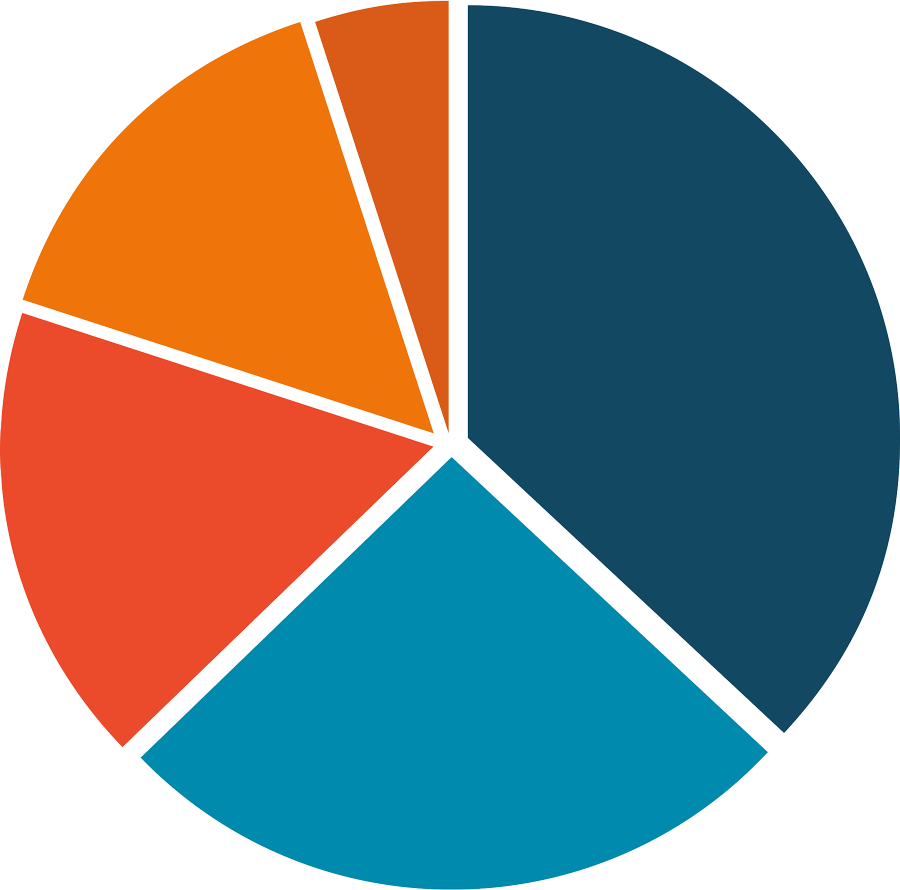Alaska Trends
ummer might be on its way out, but Alaskans can take solace in the fact that a different kind of fun is on its way in.
Perhaps second only to fishing (depending on who you ask), the Last Frontier’s hunting scene attracts outdoor enthusiasts from around the world. Serving these enthusiasts are a number of local guides and other hunting industry professionals to ensure a safe and unforgettable experience. Per a report by the McDowell group prepared for the Alaska Professional Hunters Association, the guided hunting industry employed 1,380 direct jobs and contributed $62.4 million in total state revenue.
This month’s installment of Alaska Trends charges headfirst into some other impressive numbers that underline this storied industry. Not just big game—Alaska’s hunting industry means big money for the state and its recreationally spoiled residents.












